
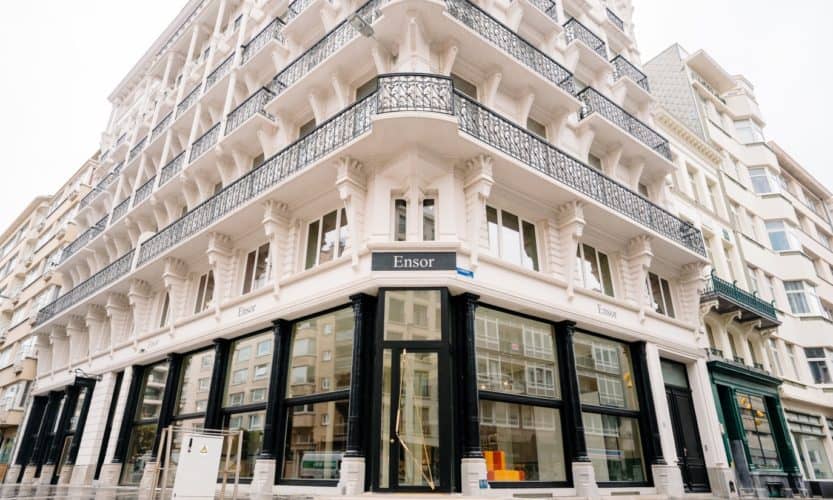
Recently, the James Ensor House in Ostend officially reopened its doors to the public in a fully renewed experience centre. This wholly refurbished experience will shed new light on James Ensor’s life, his artworks and his love for the city where he lived until he passed away: Ostend.
In the interest of discovering your own country, I decided to visit this new James Ensor House. In this post, you will read everything about my experiences; the good, the bad and the ugly.
Spoiler alert: there’s a whole lot of good and almost no bad or ugly.
Skip ahead:
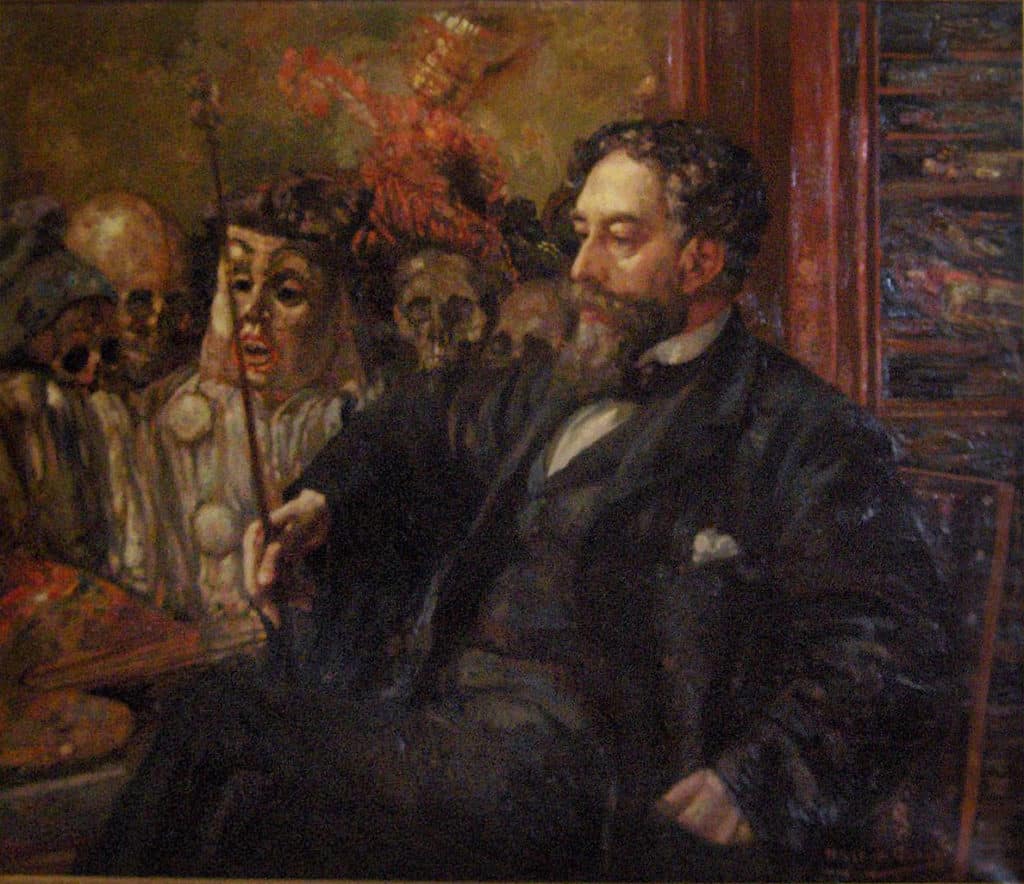
Since I know you didn’t come here for a history lesson, I’ll just give you the quick summary.
James Ensor was born in 1860 to English parents. He initially studied engineering, but quickly lost interest and left school at the age of 15 to pursue his passion for art. Eventually, he would go on to study at the Académie Royale des Beaux-Arts in Brussels, but he didn’t care for the rules and conventions of the Academy.
After leaving the Academy in 1880, Ensor started using the attic of his parents’ house as his art studio. In his artwork, nothing is off-limits – Ensor made his own rules. Critics regarded much of his work at this time as scandalous.
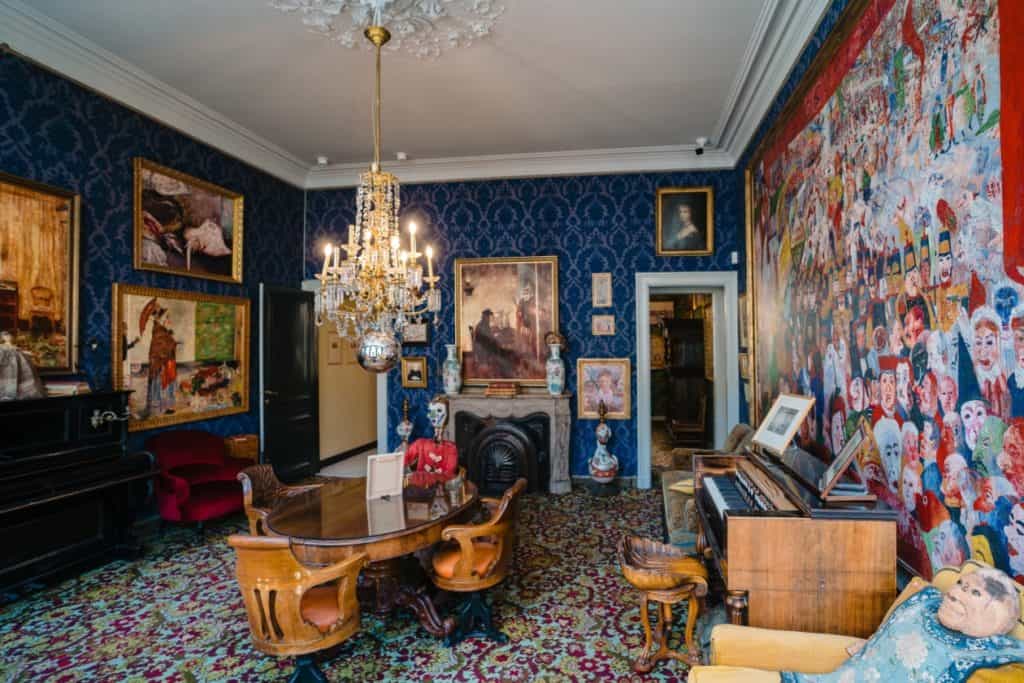
In 1888, Ensor painted his most famous work of art: Christ’s Entry into Brussels in 1889.
Ensor died, unmarried, at the age of 89 in Ostend.
Today, his works of art are on display in many leading museums around the world, including the Rijksmuseum (Amsterdam), the Musée du Louvre (Paris), the Museum of Modern Art (New York) and the J. Paul Getty Museum (Los Angeles).
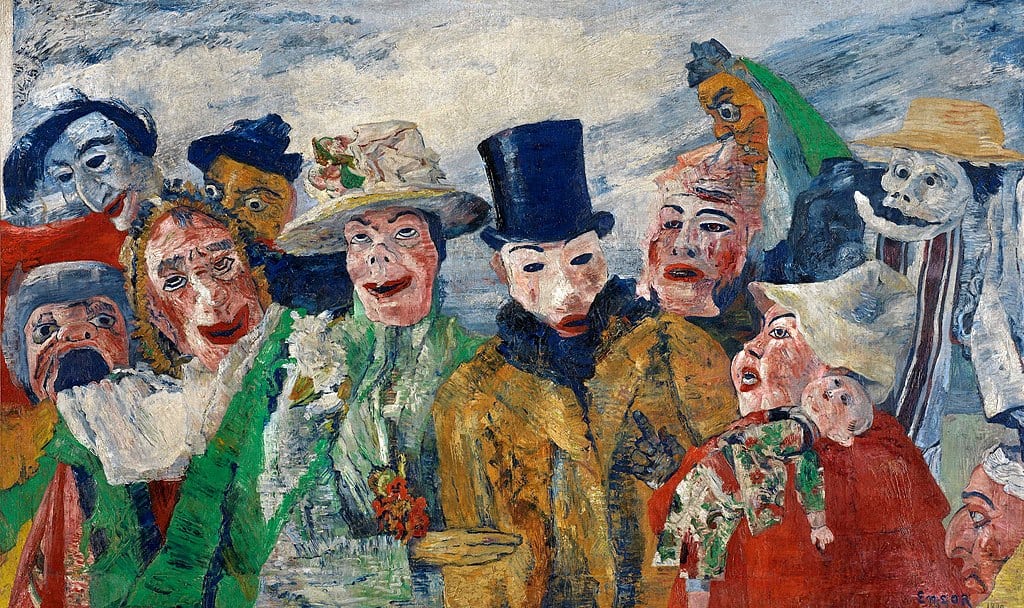
Ensor’s paintings are easy to recognise by the depiction of skeletons, carnivals, puppetry and masks (which were inspired by the masks sold in his mother’s gift shop).
These works of art can best be described as eccentric and rebellious, a perfect representation of his life in and of itself. Through his art, Ensor criticised the establishment and expressed his outrage at concepts like hypocrisy, abuse of power and injustice.
In the late 19th century, Ensor eventually came into his most creative period. Although he was an atheist, Ensor often referred to and resonated with the suffering of Christ in his paintings.
James Ensor was, and for many remains to be, one of the unsung heroes of modern art. He was one of the driving forces behind artistic styles such as expressionism and surrealism.
If you call the James Ensor House a museum, I guarantee that you’ll get a few dirty looks from the people who work there.
I’m just saying.
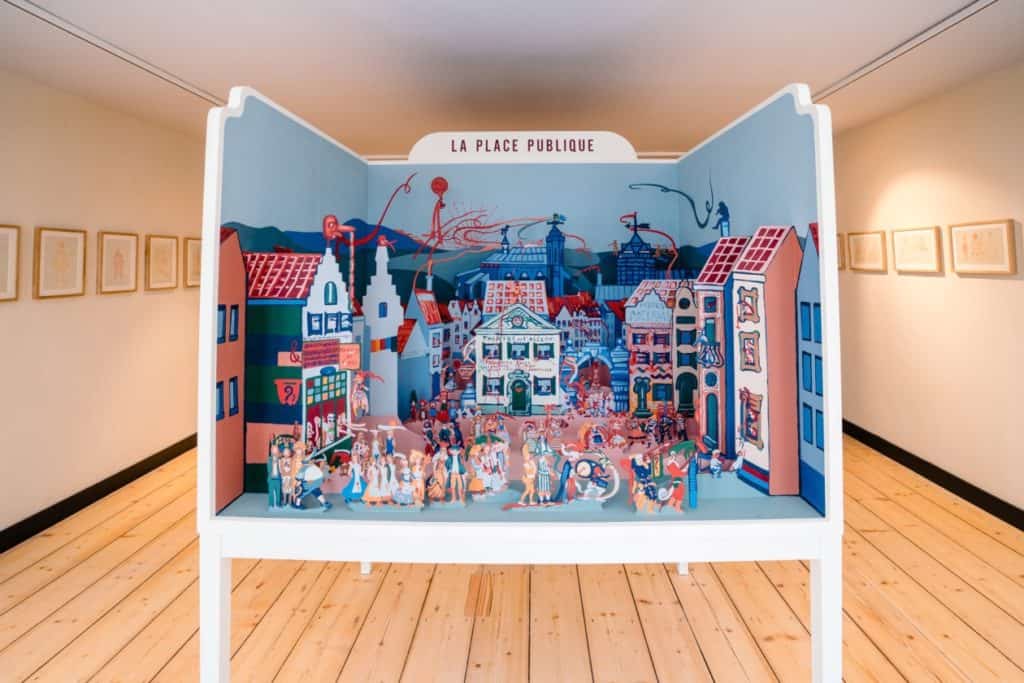
The new James Ensor House is an interactive experience centre where you can learn about Ensor’s life in a new and exciting way.
Originally, the Ensor Museum was a small museum dedicated to the artworks of James Ensor, but a recent renovation and purchase of the neighbouring building gave this place a major upgrade.
Today, a tailor-made audio guide walks you through five rooms in the James Ensor House, each one dedicated to one specific aspect of Ensor’s life and art. Also included are accurate reconstructions of the house where Ensor lived most of his life, with authentic furniture and artworks.
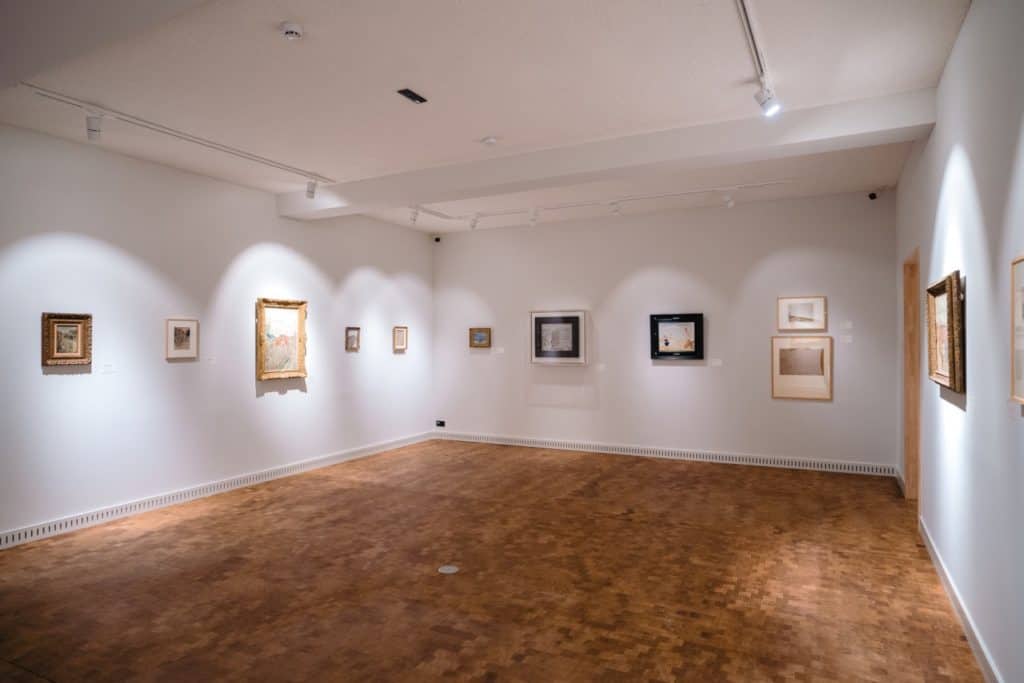
Your visit comes to an end in the museum itself, where real works of art painted or sketched by Ensor are on display.
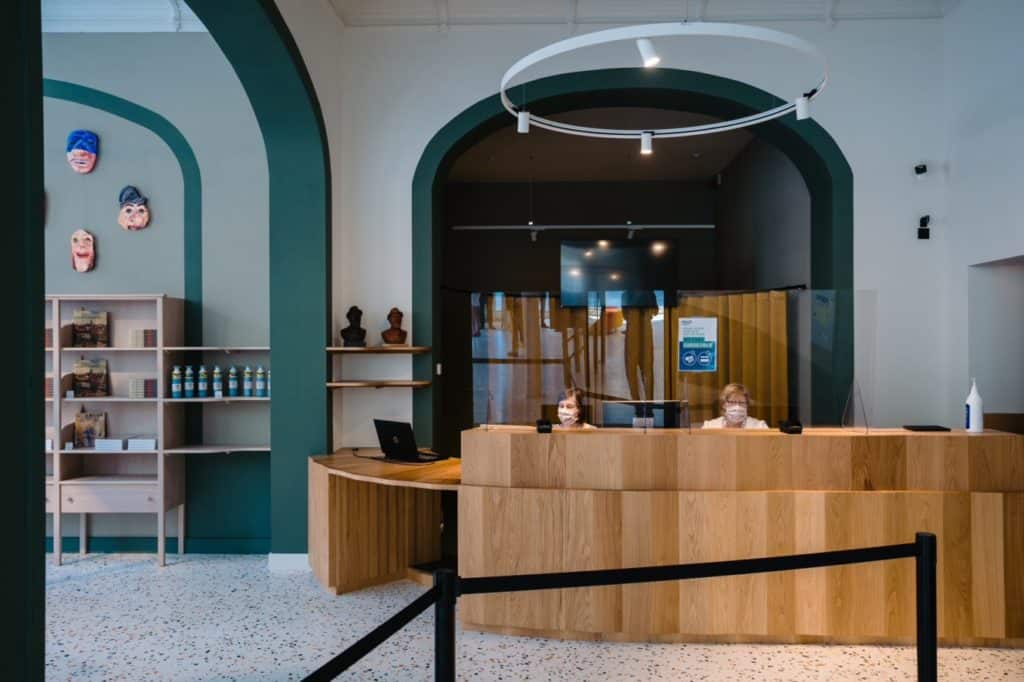
There are a few different ways to get to the James Ensor House:
If you’re not coming by train or by car, pop the following address into your favourite navigation app and follow the directions.
Vlaanderenstraat 29, 8400 Oostende
Since James Ensor spent most of his life living in Ostend, it should come as no surprise that the city decided to highlight this artist with other initiatives than the James Ensor House.

Along with the opening of the James Ensor House, Visit Oostende developed a brand new Ensor-themed walk that takes you to all the locations that played a major role in the artist’s life.
The app that accompanies this walk enables visitors to see the City by the Sea through Ensor’s eyes.
The tour is guided by Ensor himself, who talks about his own tumultuous life, his many friends and the city that stole his heart.
Best of all: the tour is free for anyone who purchased a ticket to the James Ensor House. However, if you only want to do the tour, you’ll have to pay a one-time fee of €5,49.
The app is available in five languages (English, Dutch, French, German and Spanish) and is free to download in the App Store.
Related: The 20 best apps for solo travellers
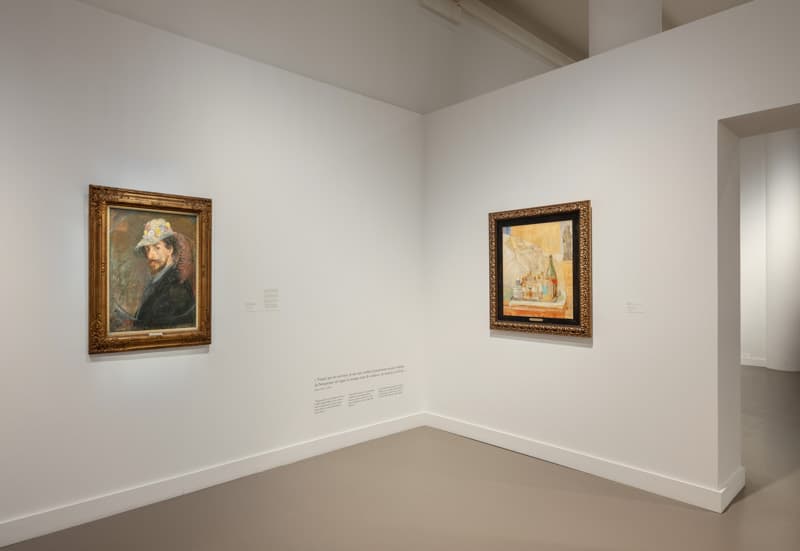
Mu.ZEE (Ostend’s museum of modern art) has an entire wing dedicated to the works of James Ensor and Léon Spilliaert, another renowned painter from Ostend.
The exhibition, which is titled Two Masters of Ostend, aims to let artworks by Ensor and Spilliaert take the visitor back in time, to the Ostend they knew and loved.
Every work of art on display in this exhibition is accompanied by one or more anecdotes, recounting the lives of people like Edgar Allen Poe and Willy Finch.
If you’re still looking for more information for your visit to the new James Ensor House, check out these websites:
PIN IT!
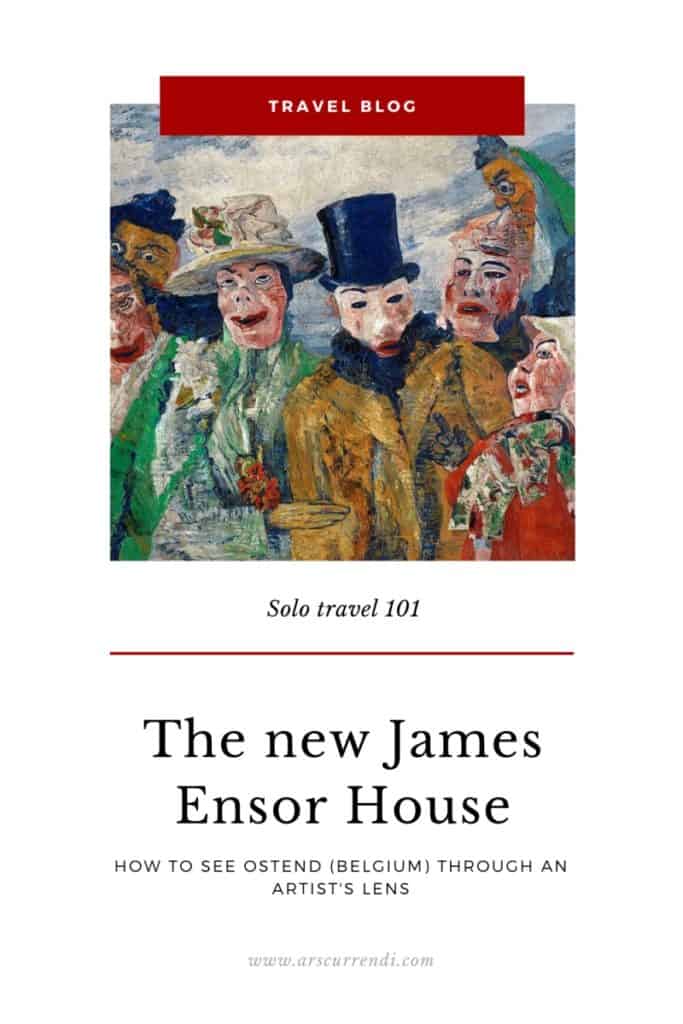
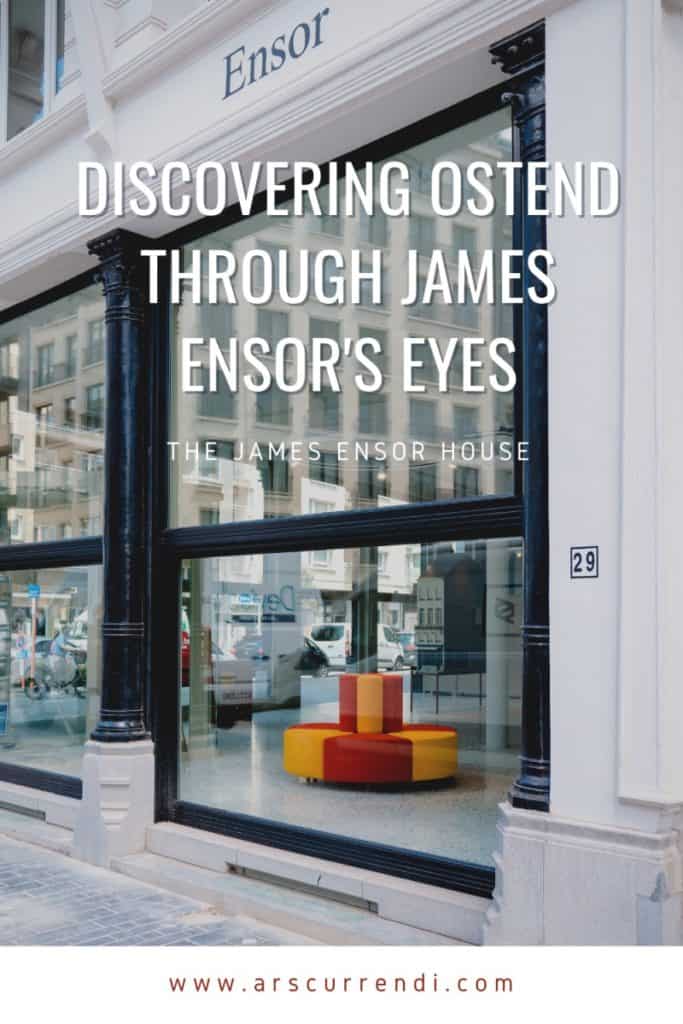
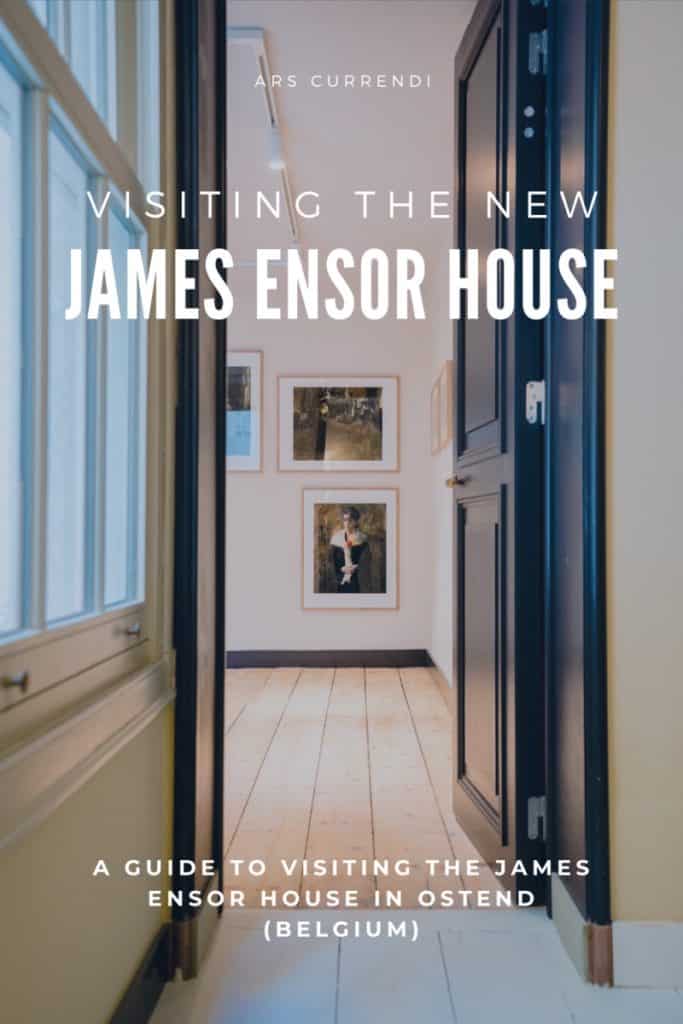
Image credits:
Design by NXNW.